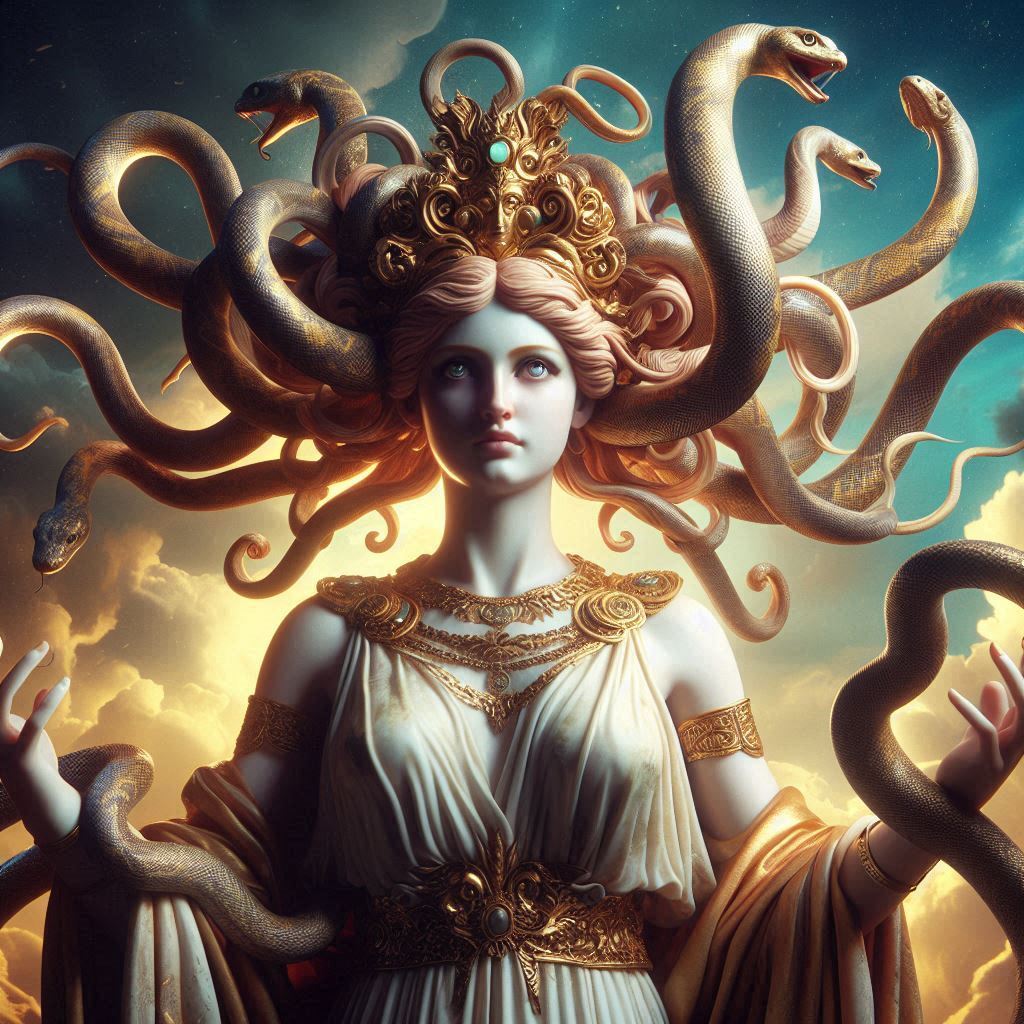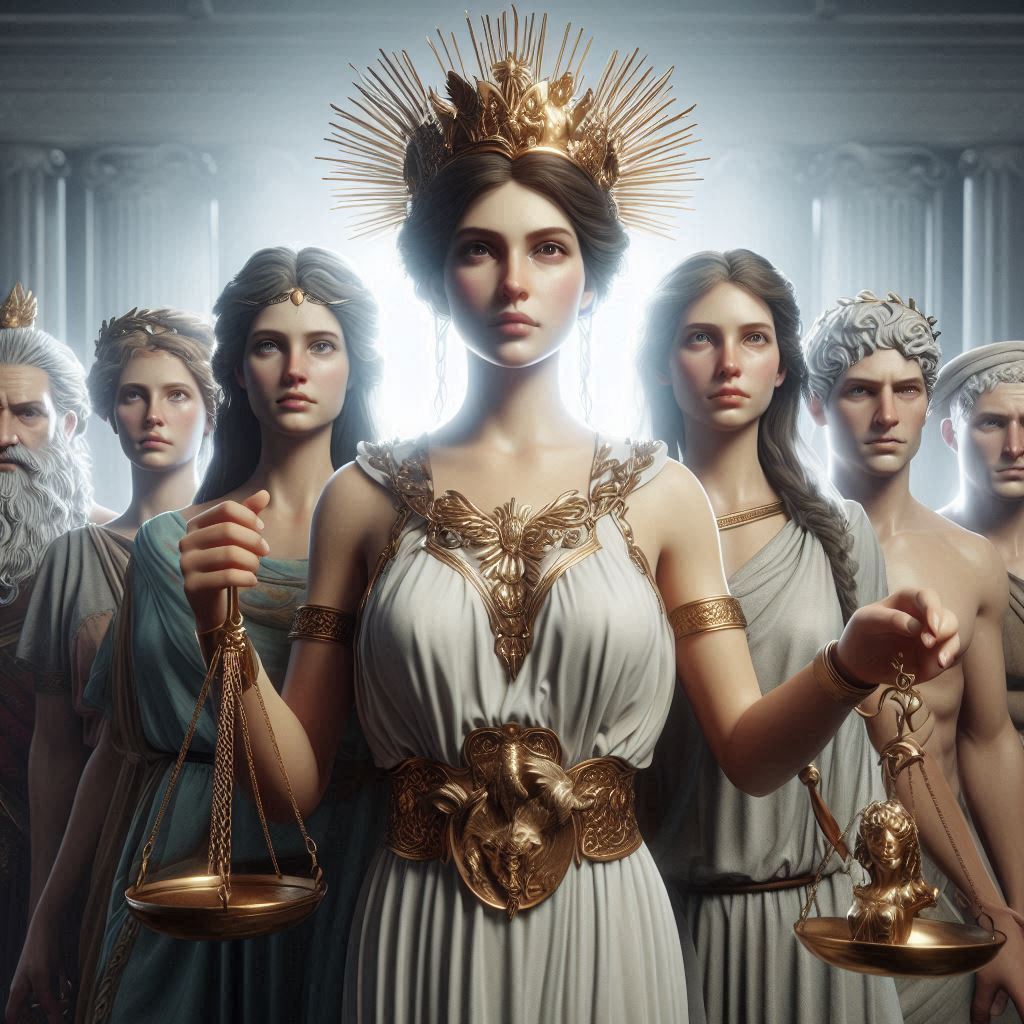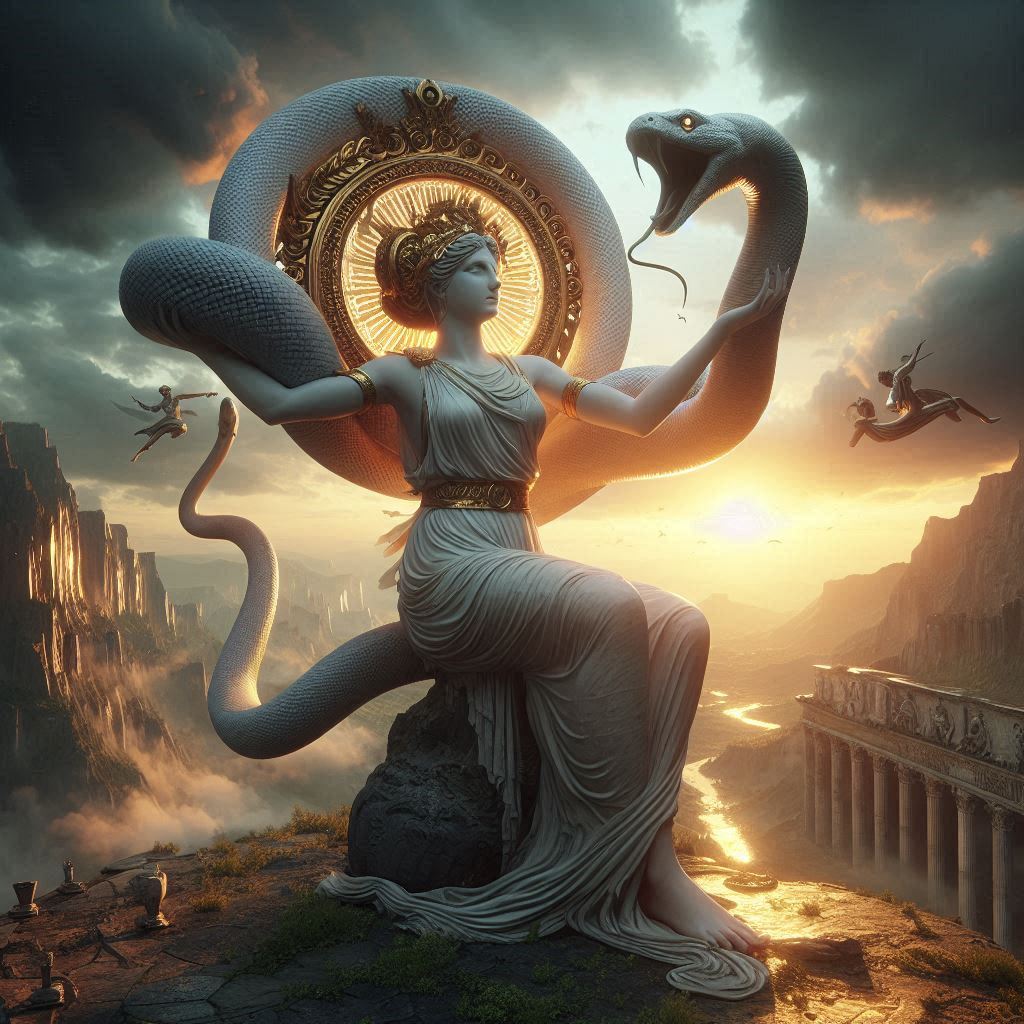Table of Contents
What is Chinese Traditional Literature
Chinese traditional literature, one of the oldest and most influential literary traditions in the world, spans millennia and reflects the philosophical, religious, and cultural richness of Chinese civilization. It encompasses diverse genres and styles that include ancient poetry, classical prose, historical records, and dramatic works, each shaped by Confucian, Daoist, and Buddhist ideologies. Traditional Chinese literature has not only contributed profoundly to world literature but also served as a vehicle for moral, social, and political ideas in China. This essay delves into the origins, major genres, representative works, and the cultural significance of Chinese traditional literature.

Origins and Historical Context
Chinese literature has a well-documented history stretching back over 3,000 years, beginning with inscriptions on bones and shells during the Shang Dynasty (c. 1600–1046 BCE). By the Zhou Dynasty (1046–256 BCE), the oral traditions of songs and hymns began to be preserved in writing, resulting in the creation of some of the oldest existing literary texts. The period of the Hundred Schools of Thought (770–221 BCE) led to the proliferation of philosophical literature, particularly the teachings of Confucius and Laozi, which would shape Chinese thought and culture for centuries.
During the Qin (221–206 BCE) and Han Dynasties (206 BCE–220 CE), Chinese literature expanded significantly, with the compilation of historical records, particularly those written by Sima Qian in the Records of the Grand Historian (Shiji). This work not only set the standard for Chinese historiography but also incorporated literary elegance, blending historical fact with storytelling.
Major Genres and Influential Works
Chinese traditional literature comprises several major genres, each with its unique characteristics and contributions.
1. Classical Poetry
Poetry holds a revered place in Chinese traditional literature, embodying both aesthetic expression and philosophical insight. The Book of Songs (Shijing), a collection of 305 poems compiled around 600 BCE, is one of the oldest poetry collections and reflects various aspects of early Chinese life, from love and labor to religious ceremonies. The Tang Dynasty (618–907 CE) is often considered the Golden Age of Chinese poetry, with poets such as Li Bai, Du Fu, and Wang Wei producing works that balance natural beauty with deep emotional and ethical contemplation. Tang poetry often explores themes of impermanence, loyalty, nature, and the hardships of life.
Later, during the Song Dynasty (960–1279 CE), the ci poetry form became prominent. Unlike the regulated verse of earlier eras, ci poetry featured a more flexible structure, and poets like Su Shi and Li Qingzhao used it to express personal feelings and observations with lyrical beauty and emotional depth.
2. Classical Prose and Philosophical Texts
Chinese prose literature is known for its philosophical and moralistic tone, especially works by Confucian and Daoist thinkers. The Analects of Confucius (Lunyu) and the Dao De Jing by Laozi are foundational texts, offering timeless reflections on ethics, governance, and the nature of existence. These works often employ aphorisms and metaphors, encouraging readers to derive personal interpretations.
Historical narratives also flourished in prose, with Sima Qian’s Records of the Grand Historian setting a precedent for historical accuracy coupled with narrative depth. This tradition continued with works like Zizhi Tongjian (Comprehensive Mirror to Aid in Government) by Sima Guang in the Song Dynasty, which became essential for scholars and officials alike.
3. Fiction and Storytelling
Fiction began to develop as a prominent genre during the Tang and Song Dynasties with short stories and vernacular tales often centered on supernatural elements, romance, and social critique. The Ming (1368–1644) and Qing (1644–1912) Dynasties saw a peak in Chinese fictional literature, producing monumental novels that explored complex themes of society, morality, and human nature. Four classic novels are particularly celebrated:
- Journey to the West by Wu Cheng’en, an adventure novel incorporating Buddhist, Daoist, and folk beliefs.
- Water Margin by Shi Nai’an, which portrays bandits rebelling against a corrupt government, highlighting loyalty and heroism.
- Romance of the Three Kingdoms by Luo Guanzhong, a historical novel that dramatizes the end of the Han Dynasty and the ensuing chaos.
- Dream of the Red Chamber by Cao Xueqin, often regarded as the pinnacle of Chinese fiction, examining themes of love, family, and the inevitable decline of an aristocratic family.
These novels represent an important cultural shift toward vernacular language and more accessible storytelling, moving away from the exclusivity of Classical Chinese.
4. Dramatic Works
Drama in Chinese literature developed primarily during the Yuan Dynasty (1271–1368), when Mongol rule restricted opportunities for scholars, leading many literati to explore theater as a creative outlet. Yuan drama, or zaju, incorporates music, dance, and poetry, with works like The Orphan of Zhao and The Romance of the Western Chamber blending themes of loyalty, love, and justice. Chinese opera, such as the Beijing Opera, evolved later, integrating these dramatic elements with elaborate costumes, makeup, and stylized gestures.
Cultural and Philosophical Significance
Traditional Chinese literature reflects the values and ideals that have shaped Chinese society. Confucian principles, such as filial piety, loyalty, and moral integrity, are frequently emphasized, shaping both personal conduct and statecraft. Daoist themes, particularly the appreciation of nature and the pursuit of harmony with the Dao (the Way), appear frequently in poetry and prose, imbuing Chinese literature with a unique philosophical depth that encourages introspection and balance.
Buddhist influences, introduced during the Han Dynasty and flourishing through the Tang Dynasty, also left a profound impact. They introduced ideas of karma, suffering, and enlightenment, which can be seen in works like Journey to the West. The interaction of these three philosophies—Confucianism, Daoism, and Buddhism—creates a multi-layered cultural fabric in Chinese literature, offering insights into both the human experience and the metaphysical world.
Legacy and Influence
Chinese traditional literature continues to influence modern Chinese and global literature. Many of its themes and stylistic approaches resonate with contemporary audiences, providing a foundation for writers to explore cultural identity and philosophical questions. Moreover, Chinese literary classics have been translated into numerous languages, introducing readers worldwide to the richness of Chinese culture. Figures like Li Bai, Du Fu, and Cao Xueqin have achieved international acclaim, and their works remain integral to the study of world literature.
As China’s role on the global stage grows, traditional literature also serves as a means of cultural diplomacy, fostering mutual understanding between China and the world. Contemporary writers often draw inspiration from classical literature, and traditional forms such as poetry and philosophical prose continue to be explored in new and creative ways.
Conclusion
Chinese traditional literature, with its extensive historical scope, rich genre diversity, and profound cultural depth, remains an invaluable part of global literary heritage. It offers a window into the values, beliefs, and experiences of the Chinese people across centuries. From the moral teachings of Confucian texts to the poetic expressions of the Tang poets and the fictional adventures of the Ming and Qing novels, Chinese literature has shaped and been shaped by the nation’s complex history. The legacy of this literary tradition endures, inspiring readers and writers alike with its timeless wisdom and aesthetic beauty.


No responses yet